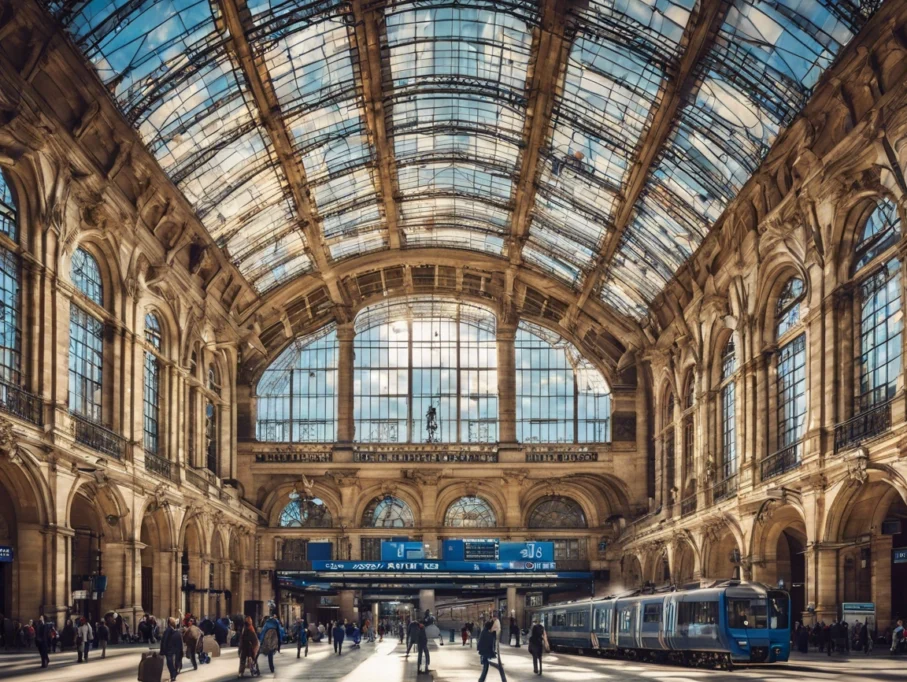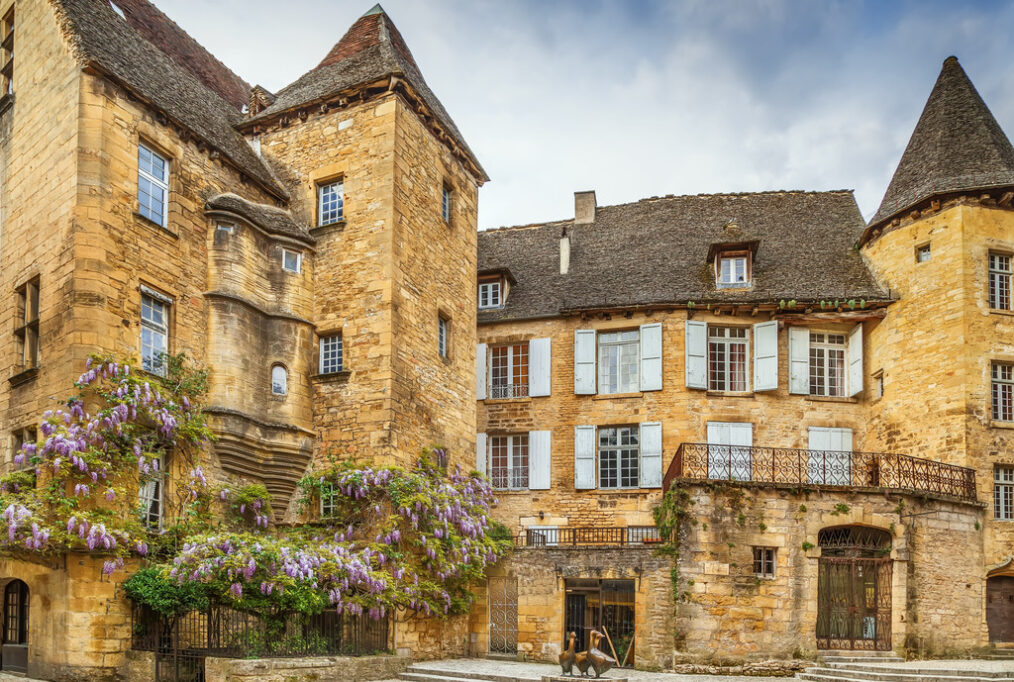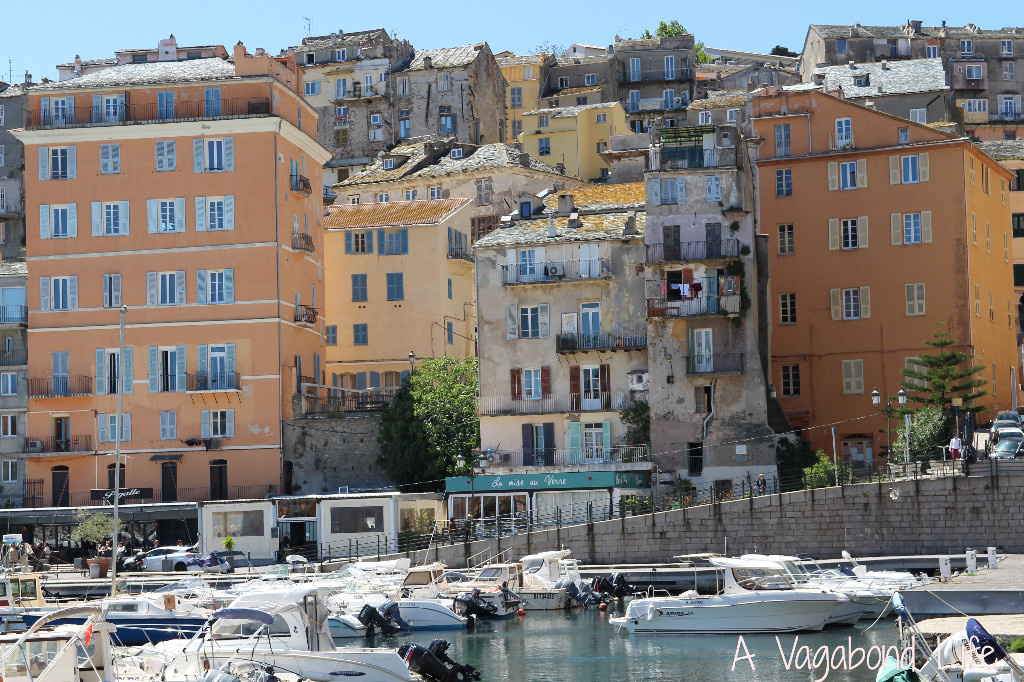Nouvelle Aquitaine France Travel Guide - A Vagabond Life
Nouvelle-Aquitaine, France’s largest region, invites travelers to a land where diversity reigns supreme, offering everything from the serene beauty of the Dordogne Valley to the dynamic waves of the Atlantic coast. This southwestern gem is a paradise for those who seek the marriage of history, culture, and natural beauty. Here, you can wander through Bordeaux, the wine capital of the world, and indulge in tasting some of the finest vintages on earth, set against the backdrop of vineyard-laced landscapes that seem painted with an artist’s brush.
The region’s coastline is a haven for surfers and beach lovers, with Biarritz and the Bay of Arcachon offering golden sands and vibrant seaside life. Inland, the prehistoric caves of Lascaux and the rugged terrain of the Pyrenees beckon adventurers and history enthusiasts alike. Nouvelle-Aquitaine’s rich gastronomy, rooted in land and sea, promises a culinary journey through flavors that have been shaped by the generous nature of this land.
With its blend of dynamic cities, charming villages, and breathtaking natural wonders, Nouvelle-Aquitaine is a region that caters to every traveler’s dream, offering a mosaic of experiences that leave you longing for more.
Nouvelle Aquitaine France France Map
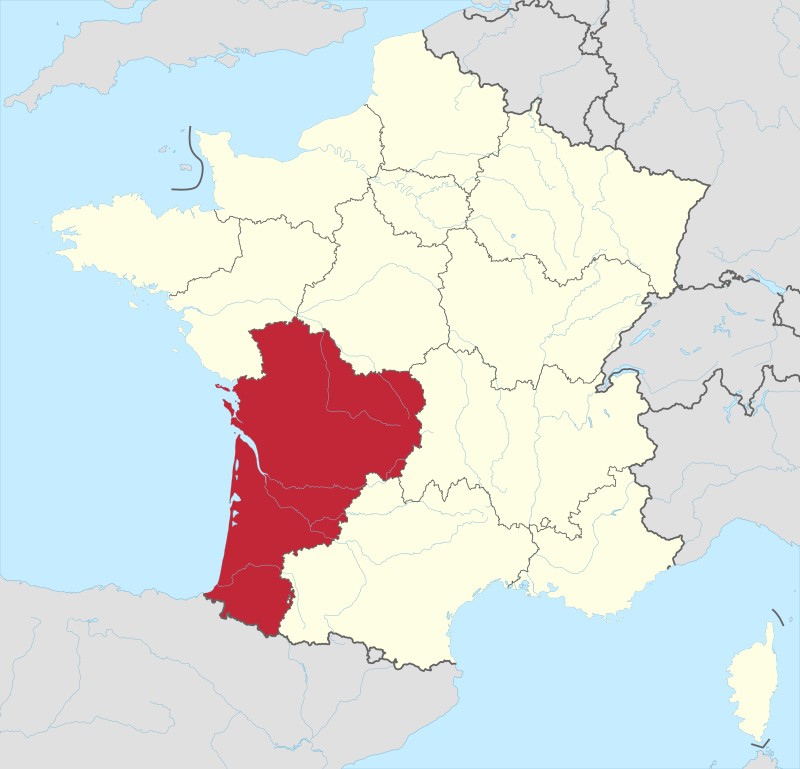
Top 5 Things To See & Do In Nouvelle Aquitaine France
BORDEAUX WINE
DORDOGNE VALLEY
SARLAT LA CANEDA
COLLONGES LA ROUGES
BORDEAUX
Nouvelle Aquitaine France Snapshot
Geography and Beauty
Nouvelle-Aquitaine, located in the southwestern part of France, is the largest administrative region in the country, offering a diverse array of landscapes. It stretches from the Atlantic Ocean in the west to the rolling hills and vineyards in the east, encompassing a rich variety of natural beauty. The region boasts a stunning coastline with sandy beaches and dramatic cliffs, notably along the Basque Country and the Côte d’Argent.
Inland, Nouvelle-Aquitaine features picturesque countryside, including the lush Dordogne Valley and the forested Landes de Gascogne. The Pyrenees mountains, marking the southern border, offer rugged terrain and opportunities for outdoor activities like hiking and skiing. The region is also home to serene lakes and rivers, such as the Dordogne River, which add to its tranquil charm. The landscape is dotted with charming villages, historic châteaux, and vineyards, making it a picturesque destination for travelers seeking both relaxation and adventure.
History and Cultural Heritage
Nouvelle-Aquitaine is rich in history and cultural heritage, with influences ranging from prehistoric times to the modern era. The region is home to the famous Lascaux Caves, known for their prehistoric cave paintings, which date back over 17,000 years and provide a glimpse into early human art and culture.
Medieval history is also prominent, with notable sites like the medieval town of Sarlat-la-Canéda and the historic city of Bordeaux. The latter is renowned for its wine heritage and grand architecture, reflecting its status as a major port and trading hub throughout history. The region also played a significant role during the Hundred Years’ War and the French Revolution. The Basque Country, with its unique cultural identity, adds to the rich tapestry of Nouvelle-Aquitaine, showcasing a blend of Basque traditions and French influences.
Food and Wine
Nouvelle-Aquitaine is celebrated for its exceptional culinary offerings and fine wines. The region is renowned for its diverse gastronomic traditions, including rich foie gras, truffles, and artisanal cheeses. The local cuisine emphasizes fresh, seasonal ingredients and traditional cooking methods.
Bordeaux, a major city in Nouvelle-Aquitaine, is world-famous for its wine, producing some of the most renowned and sought-after labels globally. The Bordeaux wine region includes prestigious appellations such as Médoc, Saint-Émilion, and Pomerol, known for their exceptional red wines. The region also produces excellent white wines, including those from the Graves and Sauternes areas.
Additionally, Nouvelle-Aquitaine’s gastronomy features specialties such as the sweet, flaky cannelé pastries from Bordeaux and the hearty duck dishes from the Landes region. The combination of high-quality wines and delectable cuisine makes Nouvelle-Aquitaine a true haven for food and wine enthusiasts.
Best Time to Visit
The best time to visit Nouvelle-Aquitaine depends on your interests and desired experiences. For pleasant weather and outdoor activities, spring (April to June) and autumn (September to October) are ideal. During these seasons, temperatures are mild, and the landscapes are vibrant with blooming flowers or autumnal colors, perfect for exploring the region’s natural beauty and historic sites.
Summer (July to August) is also a popular time to visit, particularly for enjoying the beaches and outdoor festivals. However, it can be busy with tourists and warmer temperatures, especially in coastal areas.
Winter (November to March) offers a quieter experience with cooler temperatures, which can be ideal for enjoying indoor attractions like wine cellars and historic sites. Although some outdoor activities may be limited, it is a good time to experience the region’s cultural events and seasonal cuisine.
Things To See & Do In Nouvelle Aquitaine France
Nouvelle Aquitaine France Travel Guide
Bordeaux
Bordeaux on the Garonne River and is the capital of Nouvelle Aquitaine France. Over the centuries the Celts, Romans, Vandals, Visigoths and the Franks have all had influence on this area. Bordeaux came under English rule when Eleanor of Aquitaine married Henri Plantagenet who became King Henry II of England. In the 16th century the city became the center of the distribution of sugar and slaves from the West Indies along with the traditional wine. Bordeaux is classified a City of Art and History and is home to 362 historic monuments with some buildings dating back to roman times. Bordeaux has been inscribed on UNESCO World Heritage List as an outstanding urban and architectural ensemble.
Sarlat
Sarlat is a medieval town that developed around a large Benedictine abbey of Carolingian origin. Sarlat has remained beautifully preserved and is one of the town’s most representative of 14th century France. The centre of the old town consists of impeccably restored stone buildings and is largely car-free. Main sights are St Sacerdos Cathedral and the lovely Place de la Liberte which is surrounded by grand period homes. Don’t miss the famous Sarlat market held every Saturday and Wednesday morning.
The Dordogne Valley
The Dordogne Valley is named after the great river Dordogne that runs through it and roughly corresponds with the ancient county of Périgord. In addition to its castles, chateaux, churches, bastides and cave fortresses, the Périgord region has a number of wonderful preserved villages which still have their market halls, dovecotes, tories (stone huts), churches, abbeys and castles. Saint-Leon-sur-Vezere, Connezac, Saint-Jean-de-Côle, La Roque-Gageac and many others are real jewels of architecture.
Vezere Valley
Vezere Valley is home to pre-historic caves and grottes that play a significant role in the history of both the area and Cro-Magnon man – the first early modern humans who lived 20,000 to 40,000 years ago. The first sample of Cro-Magnon man was discovered in the town of Les Eyzies – de Taynac (or just Les Eyzies) in the heart of the Dordogne. There are hundreds of caves and grottes across the Dordogne region, the most important ones being Lascuax II and Font du Guame. The Vezere Valley is named for the Vezere River that runs through it.
Agen
Agen is on the banks of the Garonne River. The old centre of town contains a number of medieval buildings including the twelfth century Agen Cathedral, dedicated to Saint Caprasius which is one of the few large churches in France with a double nave. The Saint Hilaire church is notable for the statues Moses and St Peter in front of the left. The Musée des Beaux Arts, Fine Art Museum, contains artefacts, furniture and sculptures from prehistoric times onwards.
Bayonne
Bayonne sits at the meeting point of the Nive and Adour rivers. The area has been ruled by the Romans, the Vikings and the English before coming under French rule shortly after the 100 years war. The Nive river divides Bayonne into two quarters, Grand Bayonne and Petit Bayonne with both quarters still backed by Vauban’s walls. The houses lining the Nive are examples of Basque architecture, with half-timbering and shutters in the national colours of red and green. The Cathédrale Sainte-Marie is an imposing Gothic structure that was constructed in the 12th and 13th centuries.
Bergerac
Bergerac dates from medieval times and has an interesting small old town and old Port, the Vieux Port. The Covered Market is a lovely 19th century building that has been restored. The square of Place de la Mirpes is surrounded by beautiful medieval half-timbered houses. Recollets Convent is converted convent built between the 12th and 17th centuries and used by the Recollects order of Franciscans later it was used as a Protestant temple. It is now the Wine museum of Bergerac.
Wines of the Bergerac Region
Wines of the Bergerac Region is situated on both sides of the Dordogne River and covers 13.000 hectares across 93 villages. The blend and the choice of the vine constitute the Bergerac wine’s prestige and bouquet. Cabernet Sauvignon, Cabernet Franc, Merlot, Malbec are used for the reds and Sauvignon, Sémillon, Muscadelle for the whites.
Biarritz
Biarritz is a luxurious seaside town that is popular with tourists and surfers that is on the Bay of Biscay, on the French Atlantic coast In the 12th century Biarritz was a whaling settlement from the twelfth century onwards, and in the 18th century became a popular beach for alleged cures for ailments.
St Emilion
St Emilion is a famous in the Nouvelle Aquitaine France wine growing area. The Romans planted vineyards in the area in the 2nd century. The town was named after the monk Emilion who settled in a hermitage carved in the rock there in the 8th century. The commercial wine production was started by the monks who followed him to the area. The town is a World Heritage site, with beautiful Romanesque churches and ruins stretching all along steep and narrow streets.
Périgueux
Périgueux is the capital of the Dordogne department and dates back to the Gaul’s and then the Romans. There is a lovely old town centre with the most notable sites being the amphitheatre, the remains of a temple to the Gallic goddess Vesunna, a Roman villa the Domus of Vesunna which is built around a garden courtyard surrounded by a colonnades. The cathedral of St Front was built after 1120 AD and restored in the 19th century.
Limoges
Limoges is the regional capital of Limousin and the largest city in the region, It is art and history with a lovely old city centre, parts of which date back to medieval times. Limoges has been famous over the centuries for its fine porcelain. The most notable sights in Limoges are the Cathédrale Saint-Étienne de Limoges, the Crypt of Saint Martial from the 10th century, and two bridges of Saint Martial, dating from Roman times and of St-Etienne from the 13th century.
Bourganeuf
Bourganeuf is an attractive old town, founded in medieval times by the Knights of St John, who built a castle here. Notable sites are the church of St.Pierre, dating from the twelfth century, the church of St.Jean, dating from the fifteenth century and the remains of a 12th century castle. There is also a museum to electricity in the town.
Brive la Gaillarde
Brive la Gaillarde dates back to the 5th century and developed around the church of Saint-Martin-l’Espagnol. Walls were built around the city in the 12th century for defensive purposes and during the 100 years war a second wall was built. Brive was the regional centre of the resistance during WWII and was the first occupied town to liberate itself by its own means. Brive has a pleasant old centre.
Collonges la Rouge
Collonges la Rouge dates back to the 8th century and is made entirely from red-sandstone. The town has a number of historically significant buildings including the ancient court of the Châtellerie from the 16th century, the manoir de Vassinhac from the 14th and 16th centuries,and the 17th century marketplace. Collonges la Rouge is a Les Plus Beaux Villages de France. (Beautiful Village of France)
La Rochelle
La Rochelle was founded during the 10th century and became an important harbour in the 12th century. La Rochelle came under English Plantagenet rule in 1152 until Louis VIII captured it in the 1224. The Knight Templars had a major presence in La Rochelle and based their main fleet in the port. During the 100 city years war the town was Protestant. La Rochelle’s best feature is the “Vieux Port” (“Old Harbour”), which is at the heart of the city and is very picturesque.
Saintes
Saintes is on the Charente River and was once the capital of the Roman province of Aquitaine. Today the town it is most famous for the Roman triumphal arch the Arch of Germanicus and remains of the Roman amphitheatre. The historic Abbaye aux Dames is the largest example of Saintonge Romanesque architecture.
Oradour sur Glane
Oradour sur Glane the martyred village. In 1944, the German Waffen SS torched the village and massacred a large number of inhabitants in a mistaken act of reprisal. The village has been left as it was, fixed in time, as a memory to the brutality and horror of war.
Rochechouart
Rochechouart is an the impressive castle, dating partly from the 13th century it houses administrative offices and an contemporary art gallery, as well as historic rooms and artifacts.
Turenne
Turenne is a pretty hill top village dating from the 9th century. It is a Les Plus Beaux Villages de France. (Beautiful Village of France) and has an impressive castle.
Pau
Pau is a fortified town from the 11th century most noted for the Chateau de Pau which dominates the centre of the town. Alphonse de Lamartine was quoted as saying that: “Pau has the world’s most beautiful view of the earth”
France Travel Guides
Regions Of France Travel Guides
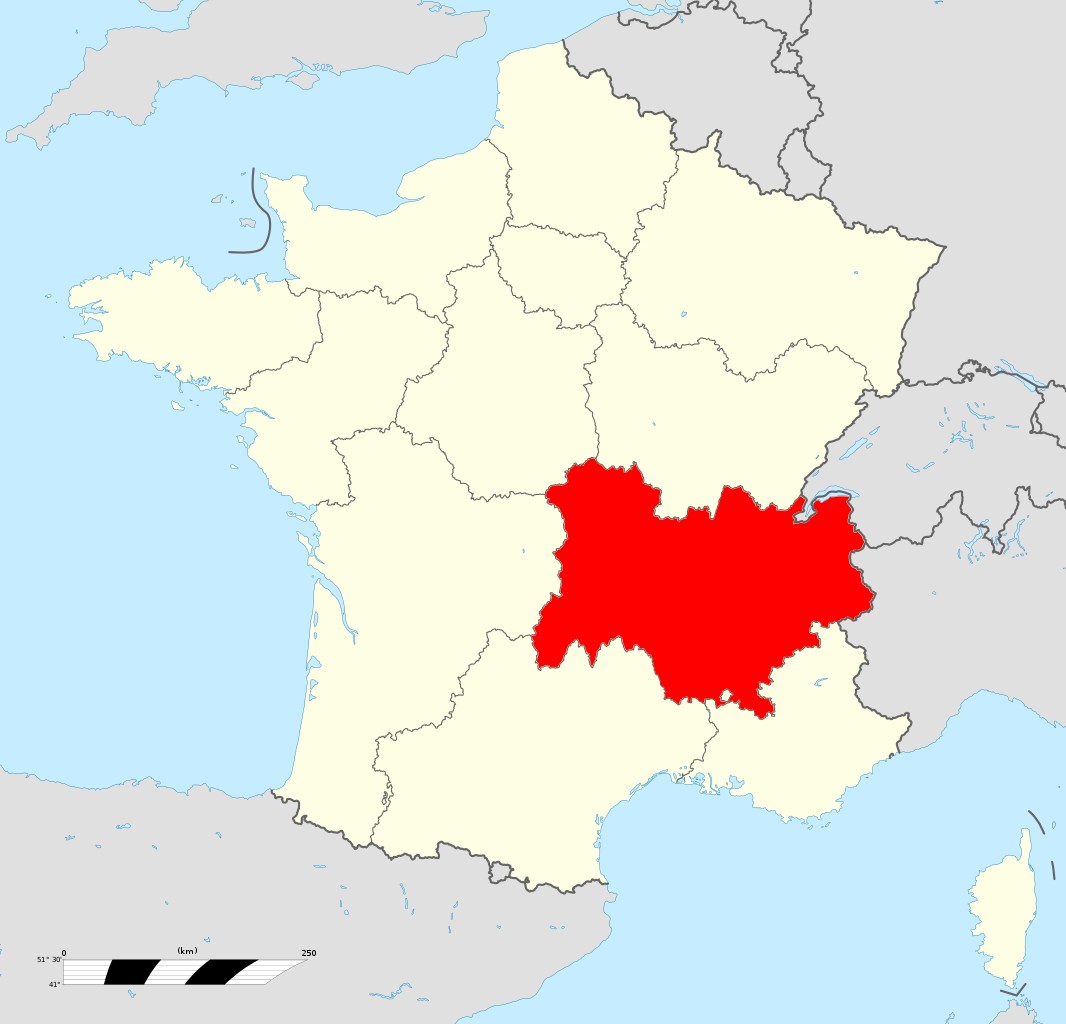
Auvergne-Rhone-Alps
Auvergne-Rhone-Alps Travel Guide.
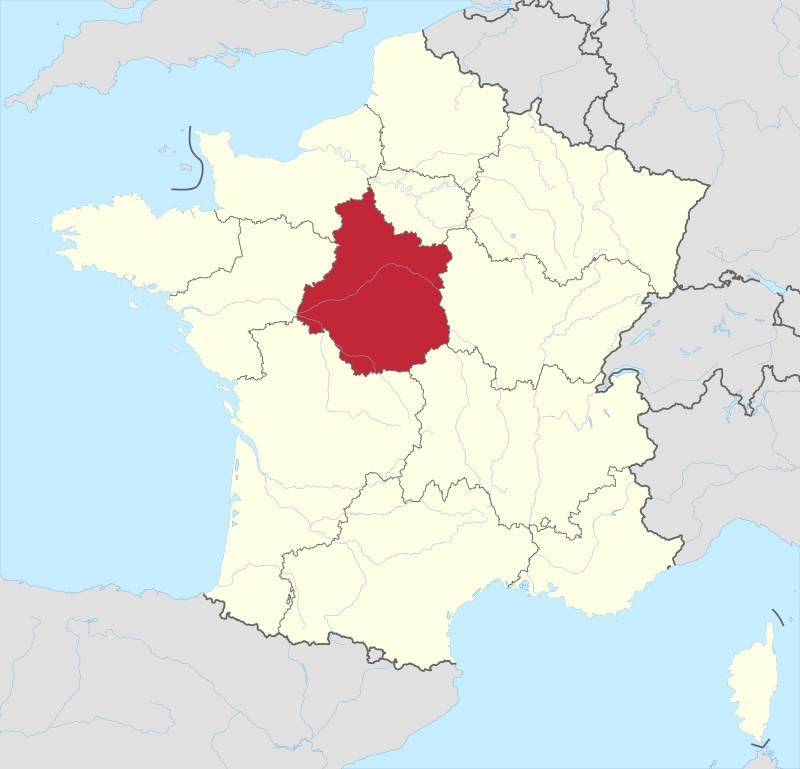
Centre Val De Loire
Centre-Val-de-Loire Travel Guide.
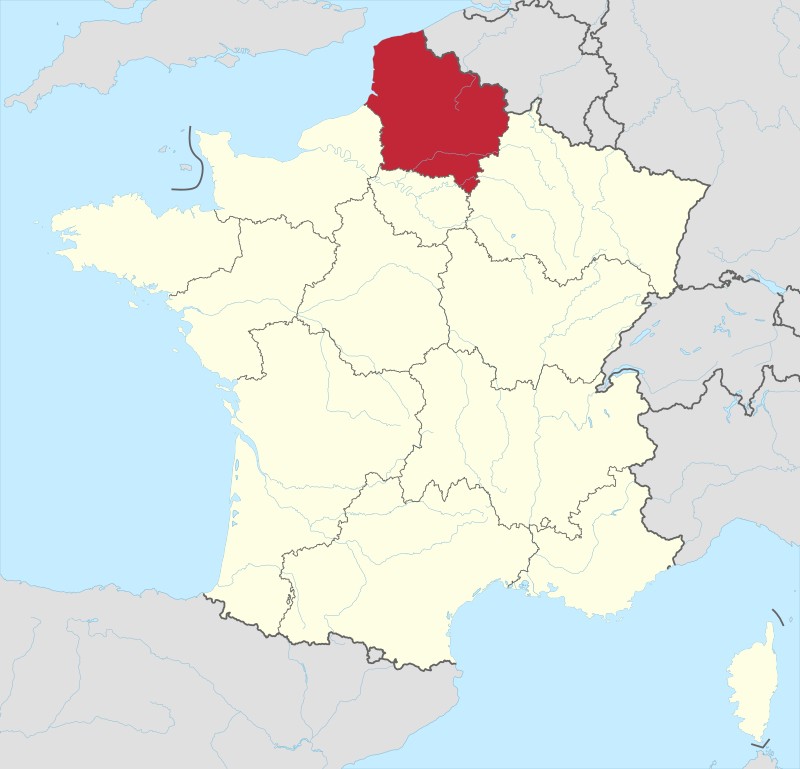
Haute – de – France
Haute-de-France Travel Guide.

Nouvelle – Aquitaine
Nouvelle – Aquitaine Travel Guide.

Provence-Alps_Cote D'Azur
Provence Travel Guide.
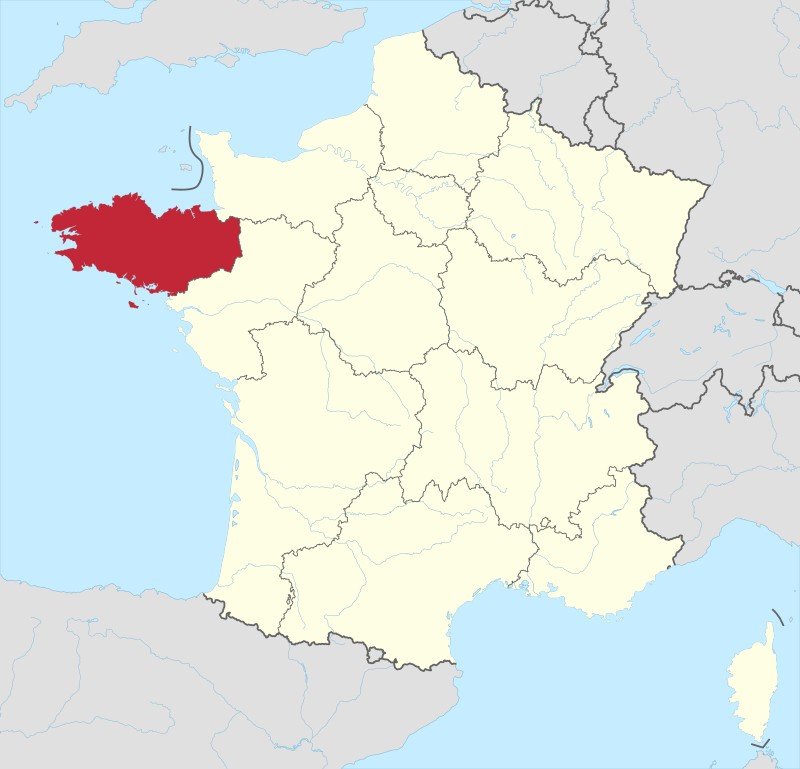
Brittany
Brittany (Bretagne) Travel Guide.
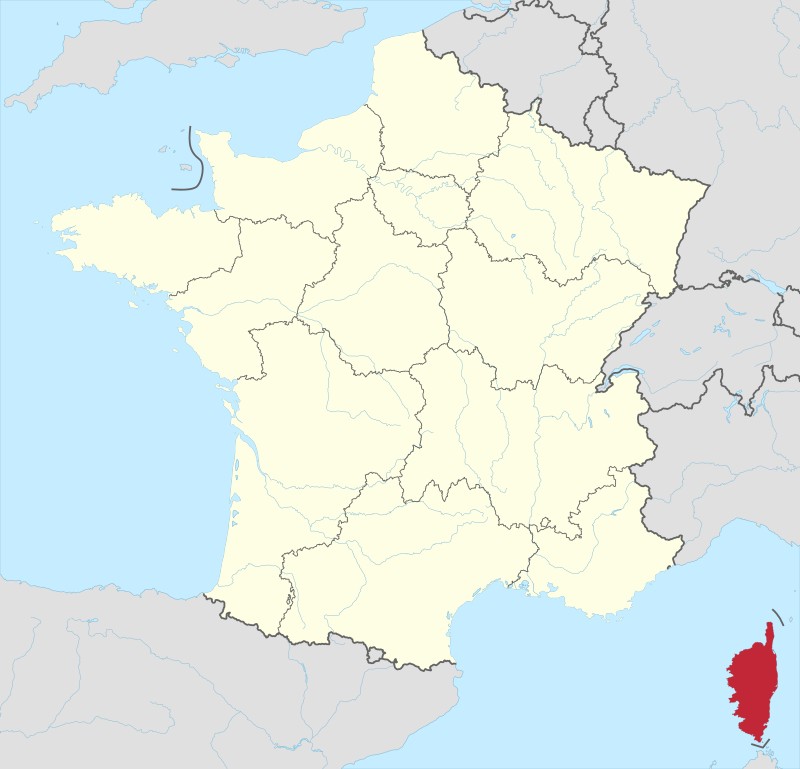
Corsica
Corsica Travel Guide.
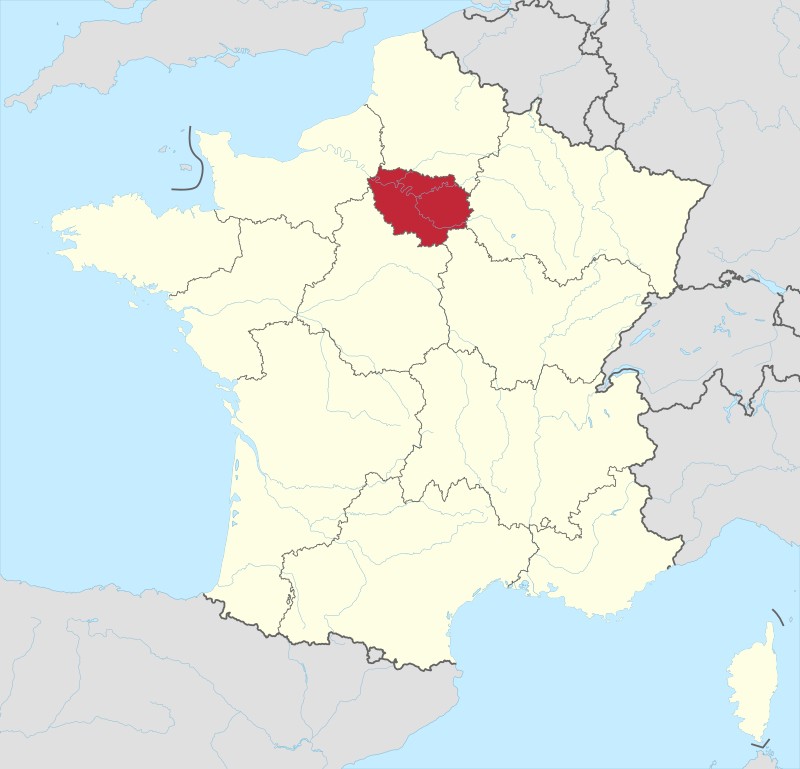
Ile – de – France
Ile – de – France Travel Guide.

Occitane
Occitane Travel Guide.

Bourgogne-Franche-Comté
Bourgogne-Franche-Comté Travel Guide.
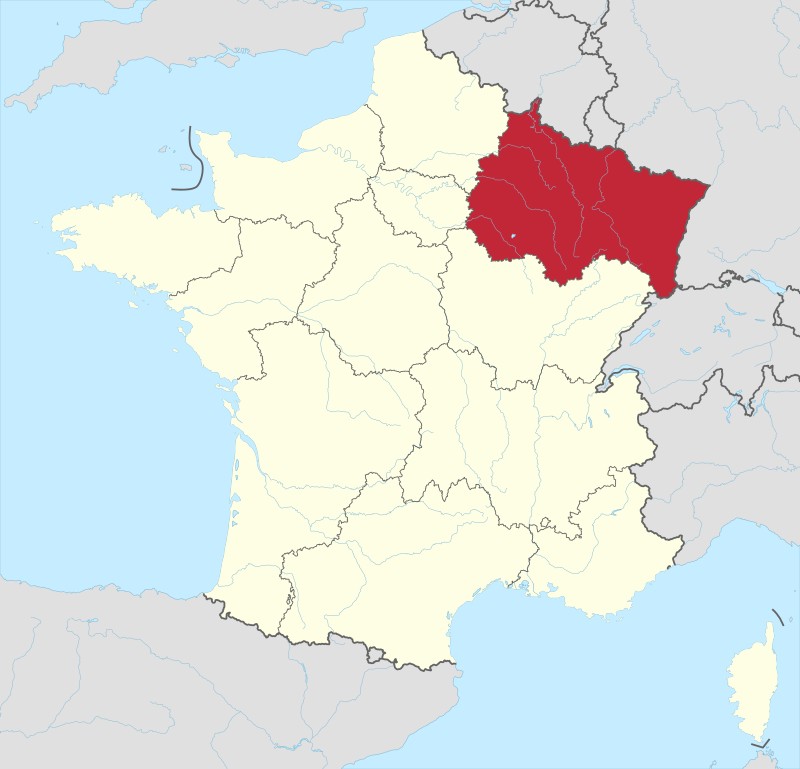
Grand Est
Grand-Est Travel Guide.
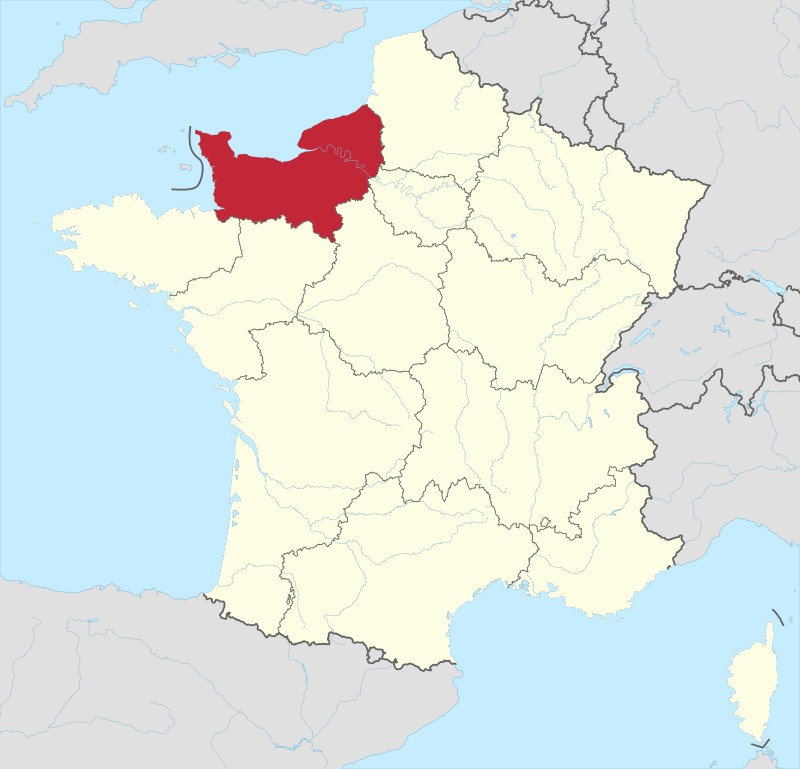
Normandy
Normandy Travel Guide.

Pays-de-la-Loire
Pays-de-la-Loire Travel Guide.

